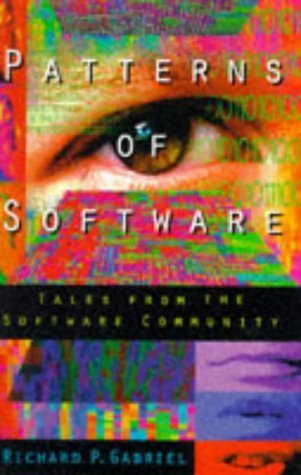What do you think?
Rate this book


256 pages, Hardcover
First published January 1, 1996
"So the very investment you might have thought was the way to put distance between you and possible competition by making the effort for entry too great is the very impediment to modifying your product to be what customers need."I had to read that sentence four times before I understood what it said. Would it be too much to ask for at least a comma or two?